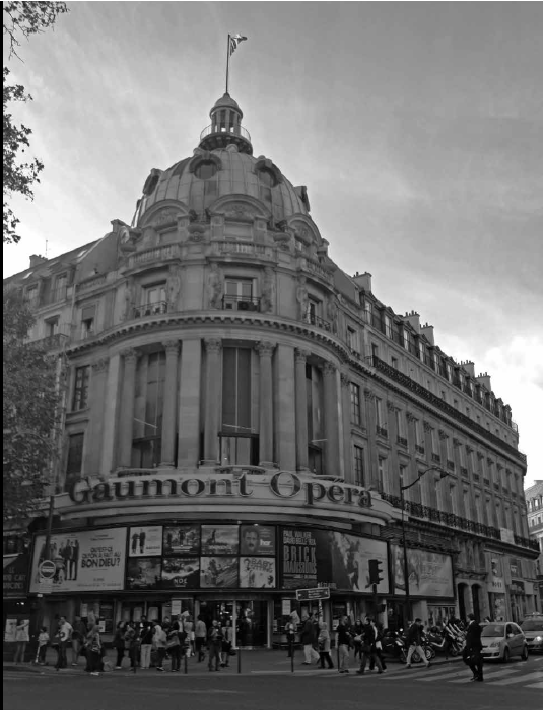Abstract
El presente artículo trata sobre los más importantes acontecimientos que han influido a lo largo de las últimas décadas en la toma de conciencia sobre el valor patrimonial de una tipología arquitectónica moderna que ocupó un lugar excepcional en la historia urbana, social y económica de Paris durante el siglo XX, como lo fue la sala de cine. Analizamos los avatares que condicionaron el destino de las salas de cine en la ciudad que vio nacer esta actividad -hace 120 años-, desde el surgimiento en los años 1960 de los denominados “multiplex”, hasta llegar a los dos casos más recientes en los cuales a través de proyectos de diferente naturaleza se ha rescatado total (caso Louxor) o parcialmente (caso Gobelins) una herencia arquitectónica única.
Apuntes is registered under a Creative Commons Attribution 4.0 International Public License. Thus, this work may be reproduced, distributed, and publicly shared in digital format, as long as the names of the authors and Pontificia Universidad Javeriana are acknowledged. Others are allowed to quote, adapt, transform, auto-archive, republish, and create based on this material, for any purpose (even commercial ones), provided the authorship is duly acknowledged, a link to the original work is provided, and it is specified if changes have been made. Pontificia Universidad Javeriana does not hold the rights of published works and the authors are solely responsible for the contents of their works; they keep the moral, intellectual, privacy, and publicity rights.
Approving the intervention of the work (review, copy-editing, translation, layout) and the following outreach, are granted through an use license and not through an assignment of rights. This means the journal and Pontificia Universidad Javeriana cannot be held responsible for any ethical malpractice by the authors. As a consequence of the protection granted by the use license, the journal is not required to publish recantations or modify information already published, unless the errata stems from the editorial management process. Publishing contents in this journal does not generate royalties for contributors.


